Take Action for Wild Steelhead
 Tuesday, August 11, 2015 at 12:10AM
Tuesday, August 11, 2015 at 12:10AM 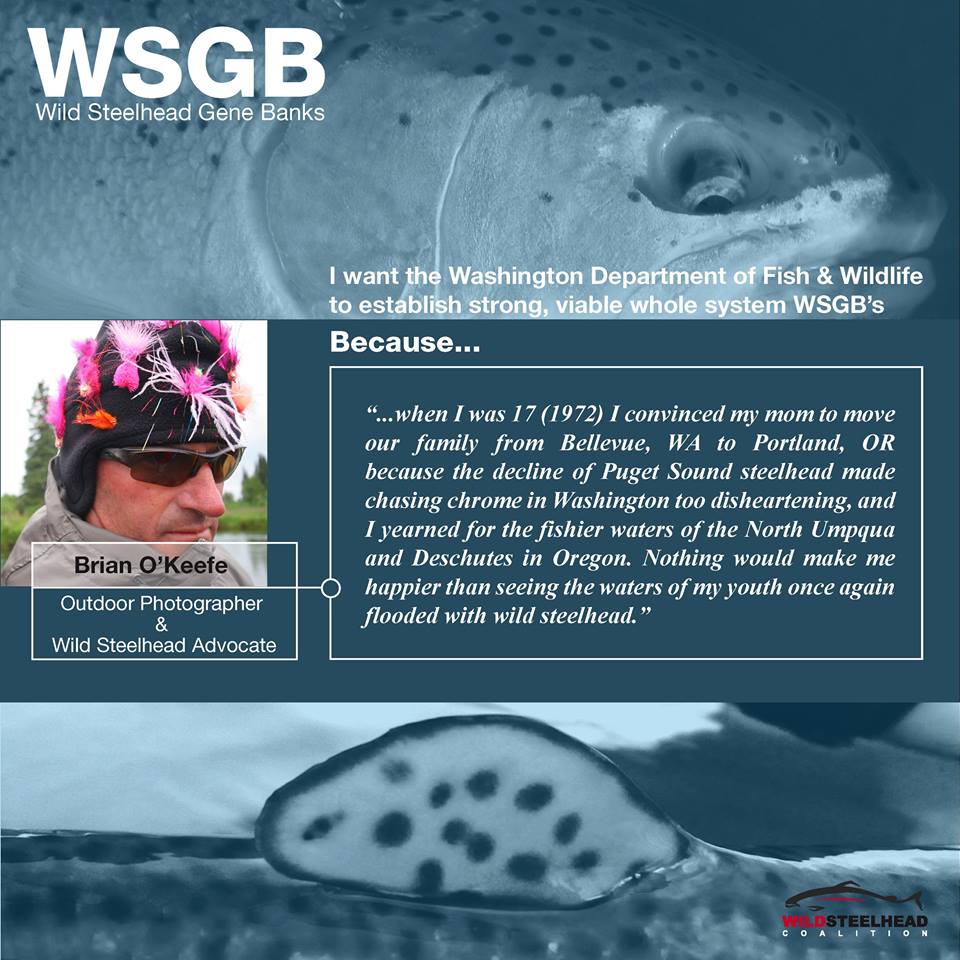
Runs were so depleted, Brian O'Keefe convinced his Mom to move the family to Oregon.
 take action,
take action,  wild steelhead,
wild steelhead,  wild steelhead coalition in
wild steelhead coalition in  Action
Action  Tuesday, August 11, 2015 at 12:10AM
Tuesday, August 11, 2015 at 12:10AM 
Runs were so depleted, Brian O'Keefe convinced his Mom to move the family to Oregon.
 Monday, July 20, 2015 at 12:10AM
Monday, July 20, 2015 at 12:10AM 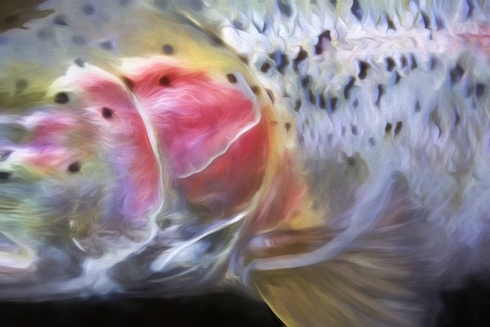
A VERY important action alert from the Wild Steelhead Coalition
Help protect and recover threatened populations of wild steelhead in once prolific Puget Sound rivers by telling Washington Department of Fish and Wildlife (WDFW) to establish strong, effective wild steelhead gene banks.
Among other culprits of steelhead decline, hatcheries are a contributing factor to why Puget Sound steelhead populations have plummeted to roughly three percent of their historical abundance. Decades of management that prioritized hatchery plants at the expense of wild steelhead returns are part of why these incredible fish are now listed as threatened under the Endangered Species Act.
Recognizing this problem, the Wild Steelhead Coalition and its members have worked tirelessly since its founding to mitigate the negative impact that hatchery steelhead have on their wild counterparts, including seeking to reduce or revise hatchery plants in watersheds with sufficient potential for wild steelhead recovery. But now more than ever before, we need to take action.
Through years of hard work and extensive collaboration with Native Fish Society, Wild Fish Conservancy, and the Conservation Angler, we have been able to take important, incremental steps to help reduce the negative impacts of steelhead hatcheries. However, in all of our years of work, we have never before had an opportunity like this in Puget Sound to use public input and the best available science to transform rivers into wild steelhead gene banks where the harm of hatchery steelhead will be forever eliminated.
While the creation of at least three wild steelhead gene banks is required under Washington’s State Steelhead Management Plan, WDFW has significant latitude over how many rivers and which rivers they designate as gene banks. With hatchery proponents working furiously to limit these designations to three smaller tributaries, it is critical that wild steelhead advocates make their voices heard and establish river basins that have diversity, abundance and will provide refuge through a changing climate.
Over the next two weeks, WDFW will be hosting three meetings for citizens to express their opinions publicly on the designation of Wild Steelhead Gene Banks. Please attend one of these meetings and make your voice heard.
A comment form is also available online for those of you unable to attend the meeting but wishing to submit comments.
 Sunday, March 29, 2015 at 1:59AM
Sunday, March 29, 2015 at 1:59AM Deep in the Olympic Peninsula rain forest wild steelhead still carve a small niche into the ecosystem. This is the unlikely story of an even rarer species who calls this remote corner of Washington State home.
 Wednesday, February 25, 2015 at 12:10AM
Wednesday, February 25, 2015 at 12:10AM 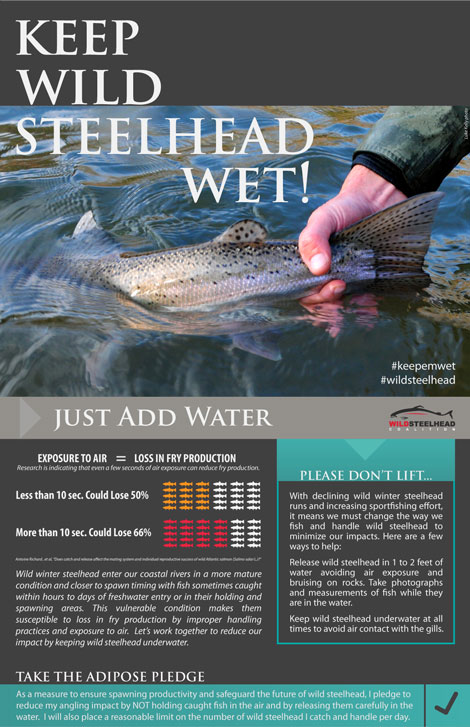 Infographic courtesy of Rich Simms
Infographic courtesy of Rich Simms
Wild winter steelhead enter our coastal rivers in a more mature condition and closer to spawn timing with fish sometimes caught within hours to days of freshwater entry or in their holding and spawning areas. This vulnerable condition makes them susceptible to loss in fry production by improper handling practices and exposure to air. Let’s work together to reduce our impact by keeping wild steelhead underwater.
Download the full-size image HERE.
 Saturday, December 28, 2013 at 12:05AM
Saturday, December 28, 2013 at 12:05AM 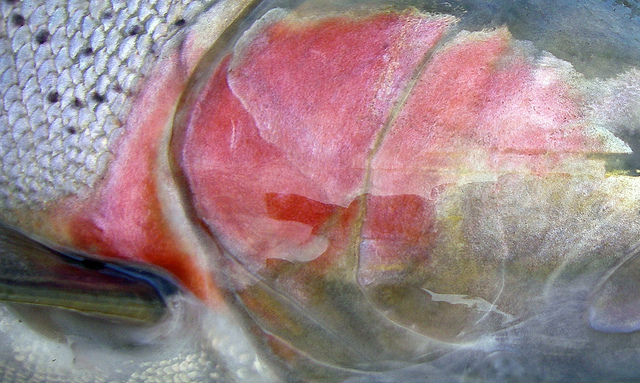
No!
KPLU scratches the surface in this report about wild steelhead making its way to the dining table.
Don't eat wild steelhead....period.
 Wednesday, December 18, 2013 at 12:09AM
Wednesday, December 18, 2013 at 12:09AM 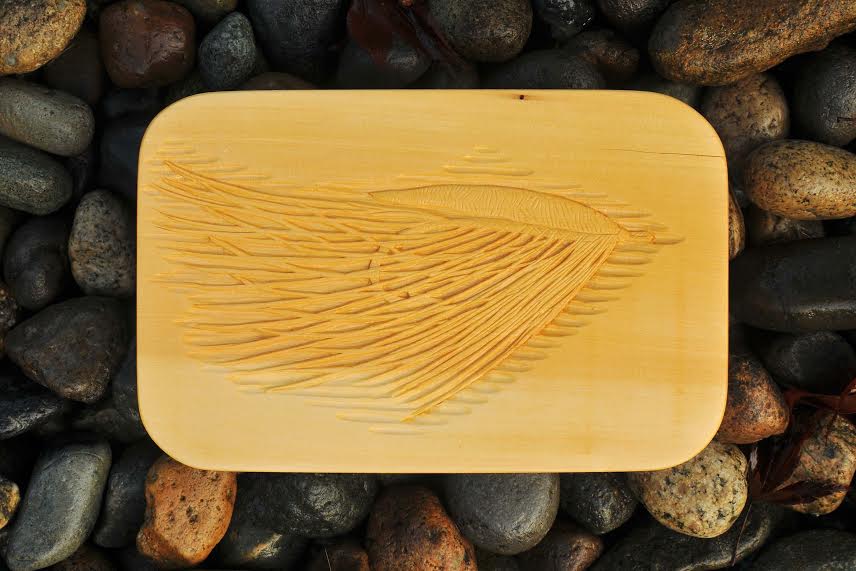
Shawn Mitchell, master tyer of classic Atlantic Salmon flies, handcrafted this beautiful one of a kind fly box to help support the Wild Steelhead Coalition's year end fundraising campaign.
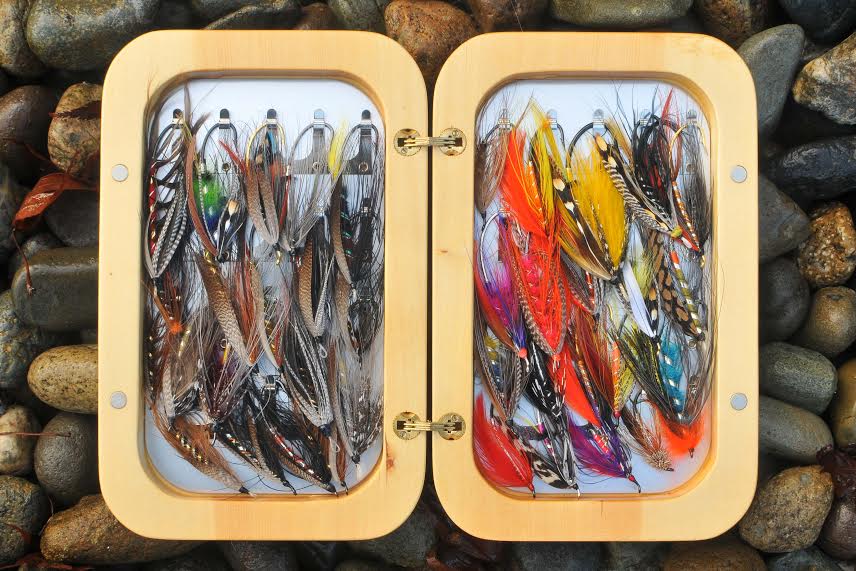
Made from 1200 year old sustainably harvested windfall Tasmanian Huon Pine, the box also is also loaded with some beautiful spey flies tied by Shawn and other talented tiers.
By making a donation of $500 or more to the Wild Steelhead Coalition before the end of the year you will be automatically entered into a raffle for this heirloom quality box and collection of flies.